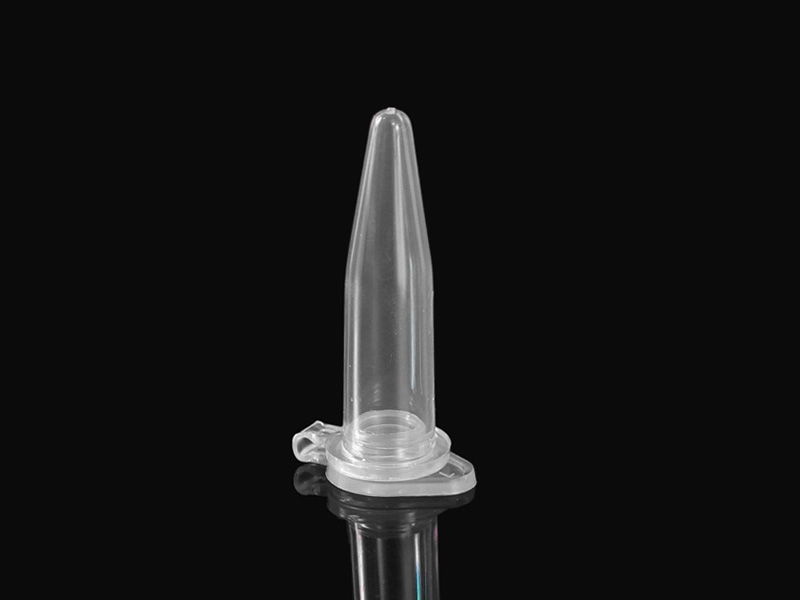Due to the outbreak of the new coronavirus, the construction of PCR gene amplification laboratories in various places has also gradually accelerated. Viral nucleic acid detection is an important standard for the diagnosis of new coronary pneumonia. PCR laboratory is also called gene amplification laboratory and uses molecular biology technology. By amplifying nucleic acid fragments, it can also be regarded as a special nucleic acid replication in vitro. Using the gene tracking system to master the virus content inside the human body, the accuracy of the test can reach the nanometer level. New coronavirus nucleic acid detection also belongs to this type of technology and is an important standard for the diagnosis of new coronary pneumonia.
The PCR gene amplification laboratory is mainly to amplify the detection nucleic acid template. It can be seen that the most prone to cross-contamination in the laboratory leads to false positive results in the test specimens. Therefore, the PCR laboratory has Strict design requirements and standards.
Now PCR technology has been widely used in infectious diseases, tumor targeting, reproductive genetics and other fields, but because the technology has undergone multiple and large amounts of amplification of the nucleic acid to be tested, even a very small amount of contamination can easily lead to false positive results Secondly, the PCR technical requirements are relatively high, the experimental process is complicated, and if there are omissions or omissions in the intermediate links, it may lead to false negative results.

There are four main reasons for contamination during PCR experiments:
1. It is the contamination of PCR amplification products. This is also the most common cause of pollution. After repeated amplification of PCR products, the amount of replication far exceeds the detection limit of PCR, so even a very small amount of pollution is enough to cause false positives in the experimental results.
2. Contamination of reagents. During the preparation of the reagents, contact with contaminated containers, pipettes, pipette tips, solutions, etc. caused the reagents to be contaminated.
3. The sample to be tested is contaminated. The container where the sample is placed is contaminated or the sample is contaminated due to inadequate sealing of the container; secondly, the use of a contaminated pipette or pipette tip during nucleic acid extraction causes the sample to be contaminated; in addition, some samples contain viruses If it diffuses into the air, it may form cross-contamination.
4. Aerosol pollution. If the aerosol contains viruses and other pollutants diffuse into the air, it is very likely to cause PCR product contamination. Aerosols are generated by the friction between air and liquid surfaces. Opening the lid, shaking the reaction tube, and repeated aspiration of the contamination sampler can form aerosols that can cause cross-contamination. It is calculated that an aerosol particle can contain 48 000 copies, so special attention should be paid to the problem of pollution caused by aerosol. As long as the PCR laboratory is contaminated, the previous results report becomes invalid and no other experimental operations can be performed. The source of pollution must be identified and thoroughly removed to obtain accurate and effective experimental results.

 简体中文
简体中文











